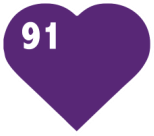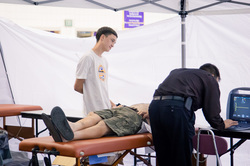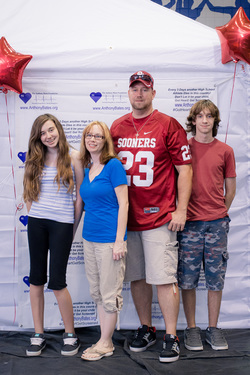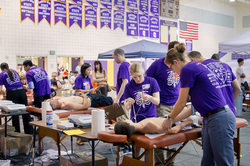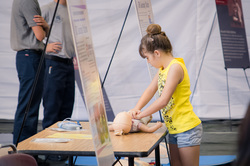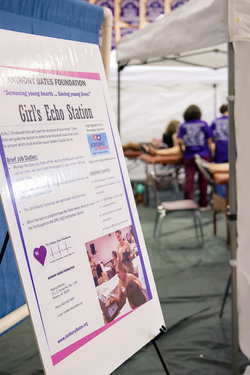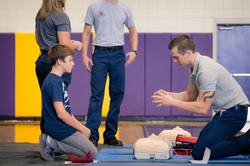What is HCM? - Hypertrophic Cardiomyopathy
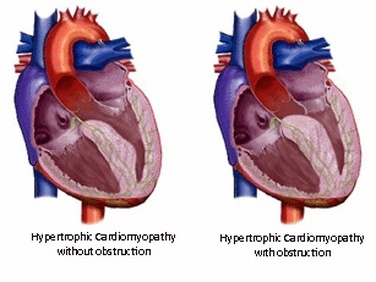
The major abnormality of the heart in Hypertrophic Cardiomyopathy (HCM) is an excessive thickening of the muscle. The distribution of muscle thickening or hypertrophy is variable. The left ventricle is almost always affected and in some patients the muscle of the right ventricle also thickens.
Asymmetric Septal Hypertrophy
There are no particular symptoms or complaints which are unique to Hypertrophic Cardiomyopathy. Symptoms may occur at any stage in a person's life even though the condition may have been present for some time. The reason for the onset of symptoms is often not clear.
Symptoms of HCM can vary or be completely absent:
What is SCA - Sudden Cardiac Arrest?
The Difference between Sudden Cardiac Arrest and a Heart Attack
Sudden cardiac arrest is often confused with a heart attack. Although a prior heart attack increases one's risk for sudden cardiac arrest, the two are quite different, with distinct risk factors, treatment options and outcomes.
Asymmetric Septal Hypertrophy
There are no particular symptoms or complaints which are unique to Hypertrophic Cardiomyopathy. Symptoms may occur at any stage in a person's life even though the condition may have been present for some time. The reason for the onset of symptoms is often not clear.
Symptoms of HCM can vary or be completely absent:
- Shortness of Breath
- Chest Pain
- Palpitations (racing heart)
- Dizziness or Fainting
What is SCA - Sudden Cardiac Arrest?
The Difference between Sudden Cardiac Arrest and a Heart Attack
Sudden cardiac arrest is often confused with a heart attack. Although a prior heart attack increases one's risk for sudden cardiac arrest, the two are quite different, with distinct risk factors, treatment options and outcomes.
|
Anatomy of a Heart Attack
A circulation problem of the heart causes a heart attack when one or more of the arteries delivering blood to the heart are blocked. Oxygen in the blood cannot reach the heart muscle, and the heart muscle becomes damaged. You can think of a heart attack as a "plumbing problem" in the heart. This damage to the heart muscle can lead to disturbances of the heart's electrical system. And a malfunction of the heart's electrical system may cause dangerously fast heart rhythms that can lead to sudden cardiac arrest. Anatomy of Sudden Cardiac Arrest In contrast to a heart attack, sudden cardiac arrest is caused by an "electrical problem" in the heart. It occurs when the heart's lower chambers (ventricles) suddenly develop a rapid, irregular rhythm (ventricular fibrillation) causing the ventricles to quiver rather than contract. The chaotic quivering motion of the ventricles renders the heart an ineffective pump that can no longer supply the body and brain with oxygen. Within seconds, the person loses consciousness and has no pulse. Only immediate emergency treatment, such as cardiopulmonary resuscitation (CPR) and external defibrillation, can prevent death from sudden cardiac arrest. Time is key to surviving sudden cardiac arrest, with chances of survival decreasing about 10 percent every minute without defibrillation. The American Heart Association recommends defibrillation within five minutes of collapse or sooner. |
